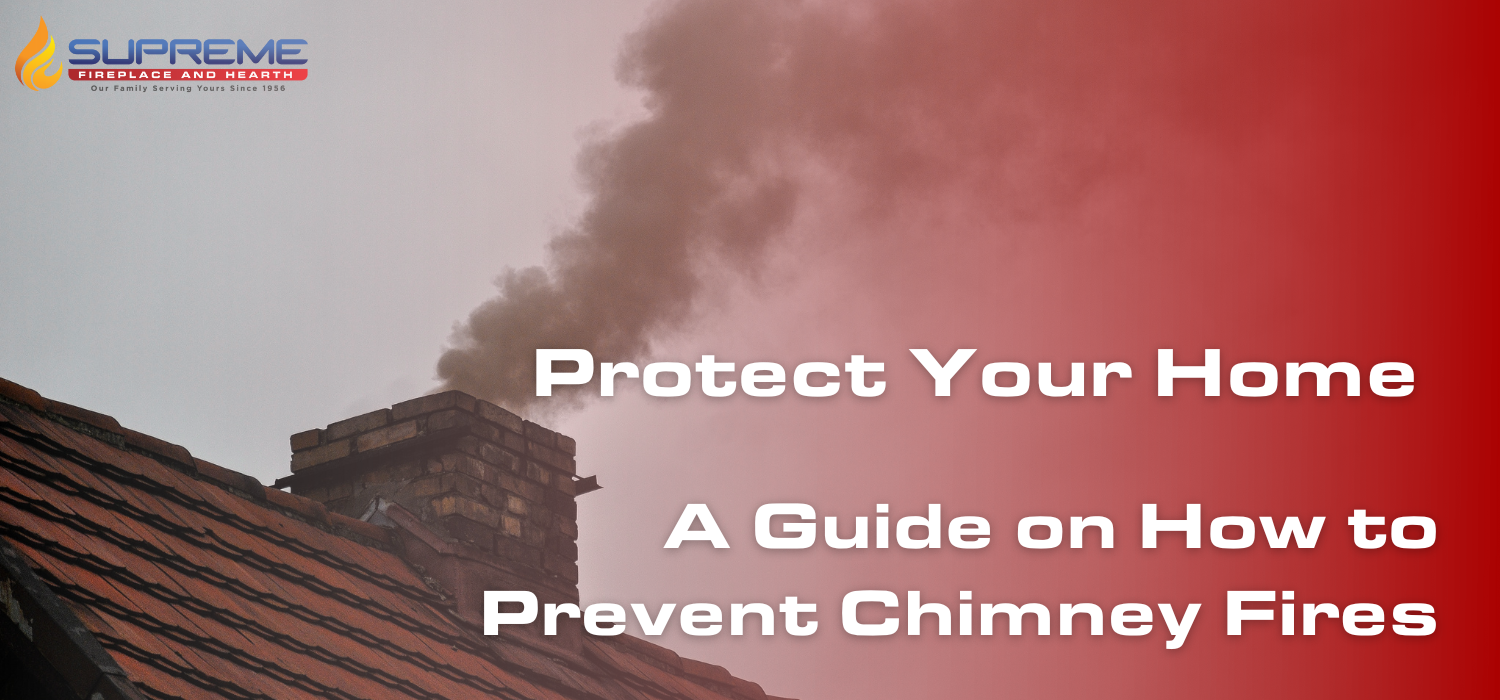Did you know that about 25,000 chimney fires occur annually in the United States, accounting for nearly 125 million dollars in property loss?
Chimney fires can be devastating, causing extensive damage to homes and posing a serious risk to the safety of everyone.
However, with proper maintenance and some precautionary measures, you can significantly reduce the chances of this type of fire in your home. In this blog, we’ll explore essential steps to safeguard your home and prevent chimney fires.
1. Regular Chimney Inspections
Routine chimney inspections are of utmost importance, as they can help identify potential issues before they become serious problems. Schedule a professional chimney inspection at least once a year to assess the condition of your chimney, flue, and fireplace.
A certified chimney sweep can identify creosote buildup, cracks, or other issues that may eventually lead to a fire.
2. Keep Your Chimney Clean
One of the primary causes of chimney fires is the accumulation of creosote—a highly flammable substance created during the combustion process.
Regularly cleaning your chimney helps remove creosote buildup and other debris. Use a chimney brush or hire a professional chimney sweep to ensure a thorough cleaning.
3. Use Seasoned Firewood
Burning seasoned firewood is essential for preventing excessive creosote buildup. When wood is seasoned, this means that it’s been allowed to dry for at least six months, thus reducing its moisture content.
Wet or unseasoned wood produces more creosote and increases the risk of chimney fires. Be sure to store firewood in a dry area to maintain its seasoning.
4. Install a Chimney Cap
A chimney cap serves as a protective barrier that prevents debris, animals, and precipitation from getting into your chimney.
It also helps to minimize downdrafts that can push hot embers back into the chimney. reduce the risk of fire, consider installing a high-quality cap to safeguard your chimney.
5. Monitor Appliance Use
It’s crucial to ensure that you use your fireplace or wood-burning stove according to the manufacturer’s guidelines.
Avoid overloading the firebox with excessive wood, as this can lead to uncontrolled and excessively hot fires. Monitor the flames, and remember: never leave a fire unattended.
6. Install a Spark Arrestor
You can add a spark arrestor to the top of your chimney to prevent sparks and embers from escaping and potentially igniting nearby combustibles.
Acting as a barrier, this addition can reduce the risk of a chimney fire caused by stray sparks.
7. Practice Safe Burning Habits
Follow safe burning practices when using your fireplace or wood-burning stove. Avoid burning materials other than wood, as some materials can release chemicals that contribute to creosote buildup.
Additionally, never use flammable liquids to start or accelerate a fire.
Contact Supreme for Superior Fireplace Services
Regular maintenance, proper burning practices, and investing in protective measures all contribute to a safer and more enjoyable home heating experience.
Don’t wait until it’s too late—safeguard your home from the threat of chimney fires. Contact Supreme Fireplace & Hearth to take the first step toward fireplace safety with our high-quality fireplace services.


